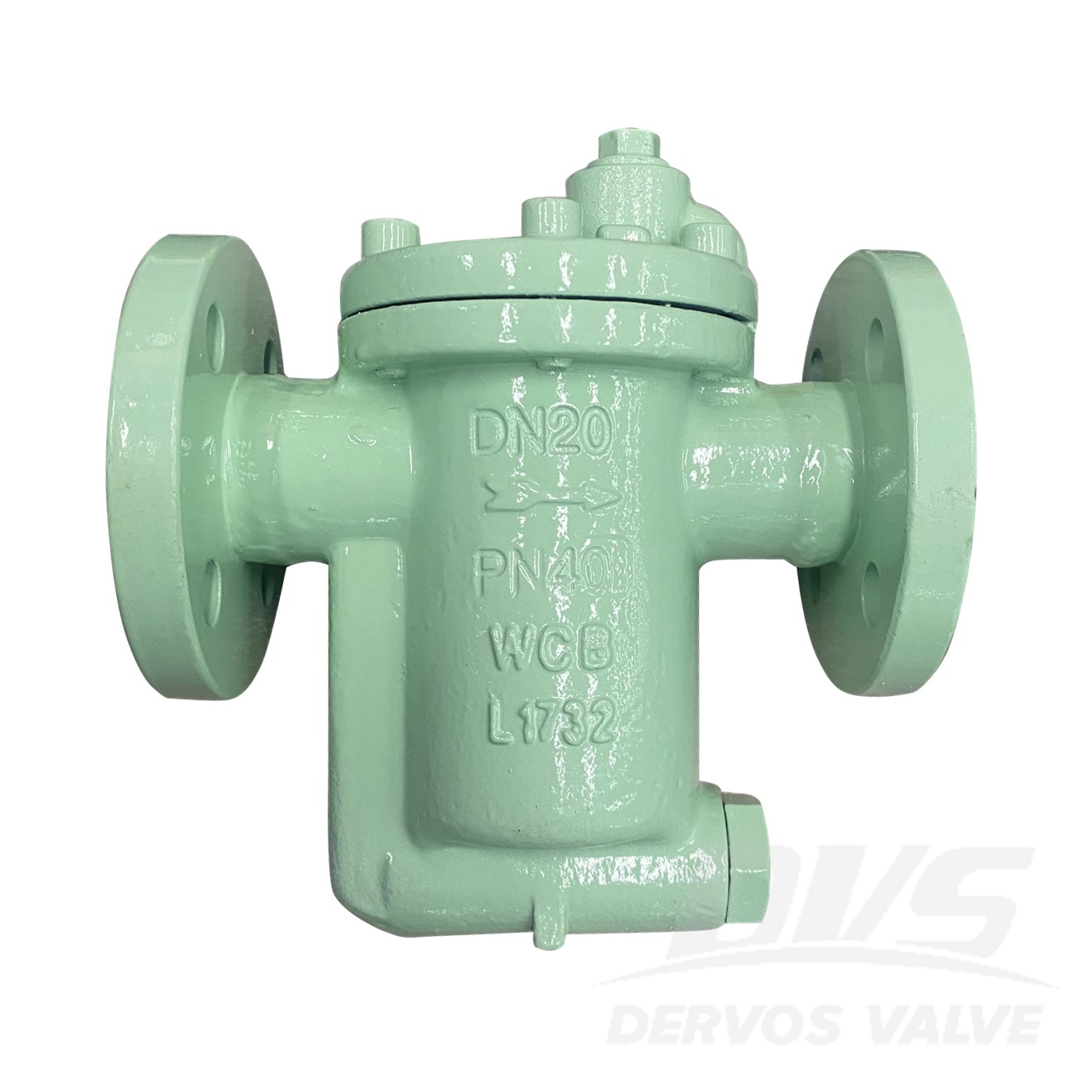The proper installation of the drain valve has a direct impact on the normal operation of the drain valve and the production efficiency of the equipment. The installation of the drain valve must follow the installation requirements of the drain valve in order to achieve better work efficiency for the drain valve and equipment.

1. Before installing the drain valve, it is necessary to use pressurized steam to purge the pipeline and remove any debris.
2. Before the drain valve, a filter should be installed to ensure that the drain valve is not blocked by pipeline debris, and the filter should be cleaned regularly.
3. Valves should be installed before and after the drain valve to facilitate its maintenance at any time.
4. The direction of condensate flow should be consistent with the arrow mark on the installation of the drain valve.
5. The drain valve should be installed at the lowest point of the equipment outlet to timely discharge condensate and avoid steam resistance in the pipeline.
6. If there is no drain valve installed at the lowest position of the equipment, a backflow bend (condensate lifting joint) should be added at the lowest position of the water outlet to raise the condensate level before installing a drain valve to avoid steam resistance.
7. The outlet pipe of the drain valve should not be immersed in water (if immersed in water, a hole should be drilled at the bend to break the vacuum and prevent sand from being sucked back).
8. Mechanical traps should be installed horizontally, while steam traps should not be installed in series.
9. Each device should be equipped with its own drain valve.
10. Thermostatic type steam traps need to have over one meter of non-insulated supercooled pipes in front of them, while other types of steam traps should be located as close to the equipment as possible.
11. When using a drain valve for drum drying (with siphon type) equipment, please indicate: use a drain valve with an anti-steam resistance device to avoid steam lock on the equipment.
12. If there is condensate recovery after the drain valve, the outlet pipe of the drain valve should be connected to the main pipe from above the recovery main pipe to reduce back pressure and prevent backflow.
13. If there is condensate recovery after the drain valve, pipelines with different pressure levels should be separated for recovery.
14. The condensate recovery main pipe behind the drain valve cannot climb a slope, which will increase the back pressure of the drain valve.
15. A check valve should be installed before the condensate enters the recycling main after the drain valve to prevent the condensate from flowing back.
16. Install a drain valve on the steam pipeline, with a condensate collection well located near the radius of the main pipeline, and then use a small pipe to lead it to the drain valve.
17. If the mechanical drain valve is not used for a long time, it is necessary to remove the drain screw and drain the water inside to prevent freezing.
18. If steam leakage is found in the drain valve, timely discharge and clean the filter screen. Regularly inspect according to actual usage and repair any malfunctions at any time. Maintain at least once a year to remove any impurities inside.
The steam trap is considered a small accessory in the entire steam system, but it has a significant impact on system operation and economic operation, so the maintenance and repair of the steam trap is also crucial. Only by fully valuing the important role of steam traps in production, frequent maintenance, and keeping them in good working condition can we ensure the best energy-saving effect and improve economic benefits.